US non-farm payroll employment is again a major focus. Markets are expecting 425k job growth in October. Unemployment rate is expected to tick down by 0.1% to 4.7%. Average hourly earnings are expected to grow 0.4% mom.
Looking at related data, ISM manufacturing employment rose from 50.2 to 52.0. But ISM services employment dropped from 53.0 to 51.6. ADP private jobs grew 571k, rose slightly from prior month’s 523k. Four-week moving average of initial jobless claims continued to trend down, notably, from 344k to 285k.
All in all, today’s NFP will likely be a solid one, affirming Fed’s tapering plan. The main question ahead is whether wage growth would continue in a strong trend, the pushes up inflation, and force Fed for an earlier hike. Strong wage growth could push Dollar index out of the near term range.
Dollar index is now sitting in range below 94.56 short term top. The support from 55 day EMA is a bullish sign. Yet, it will have to break through key long term fibonacci resistance at 94.46 (38.2% retracement of 102.99 to 89.20) decisively to confirm medium term bullishness. In the case, we’d probably seen upside acceleration ahead to 61.8% retracement at 97.72. However, break of 93.27 support will suggest rejection by 94.46, and turn near term outlook bearish for deeper pull back.
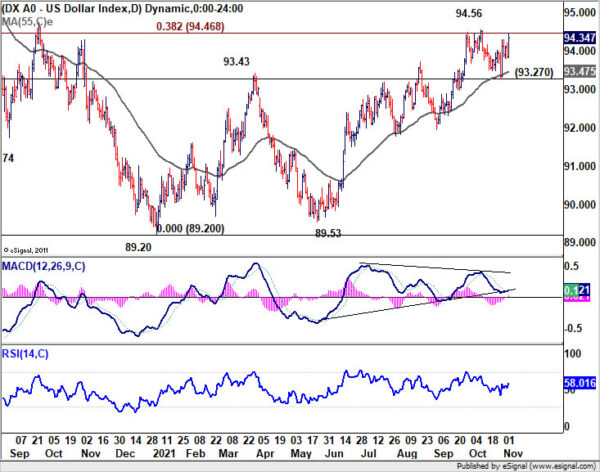
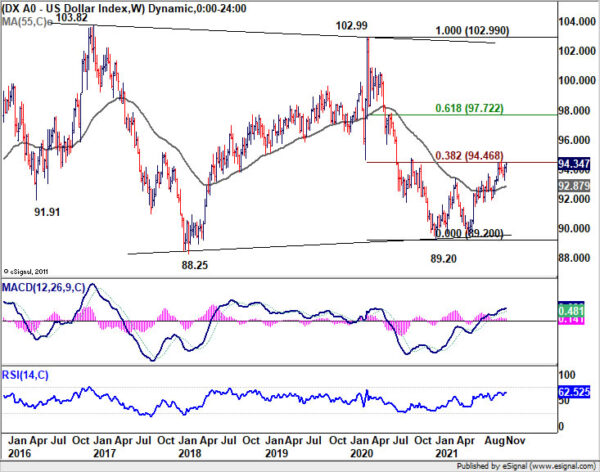




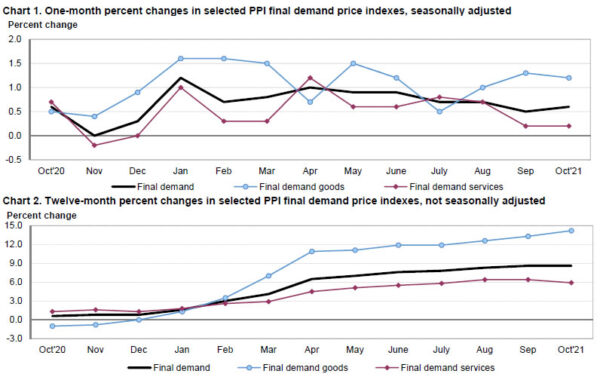
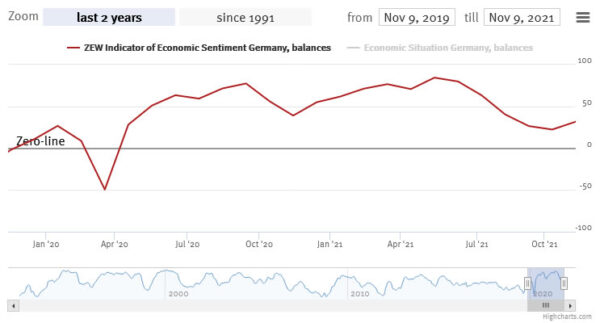
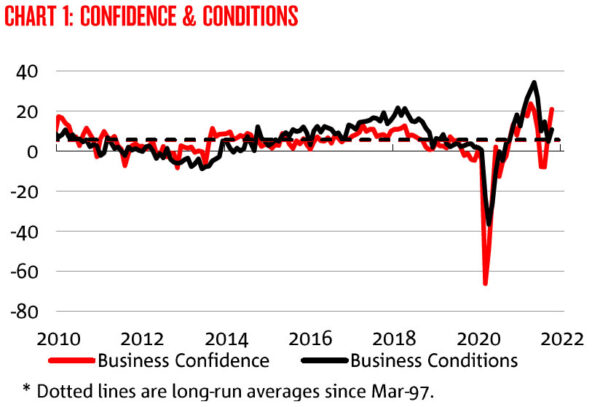
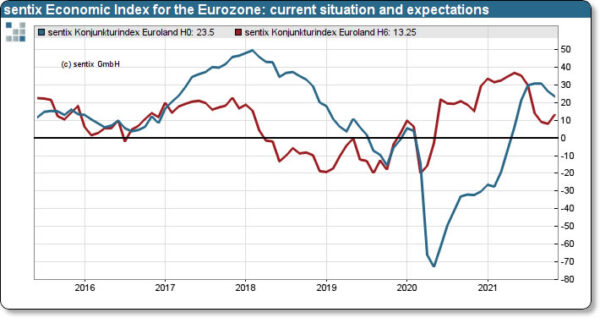
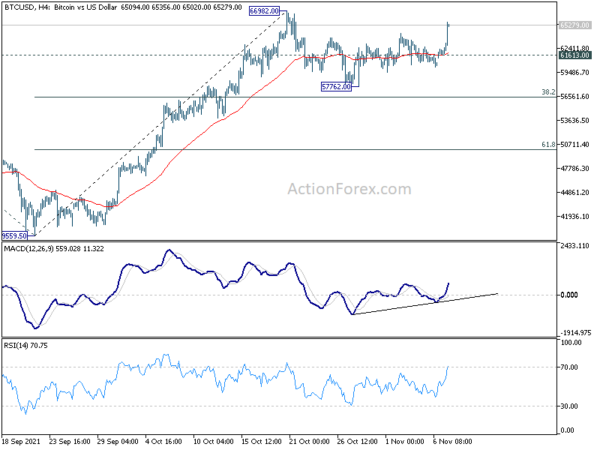
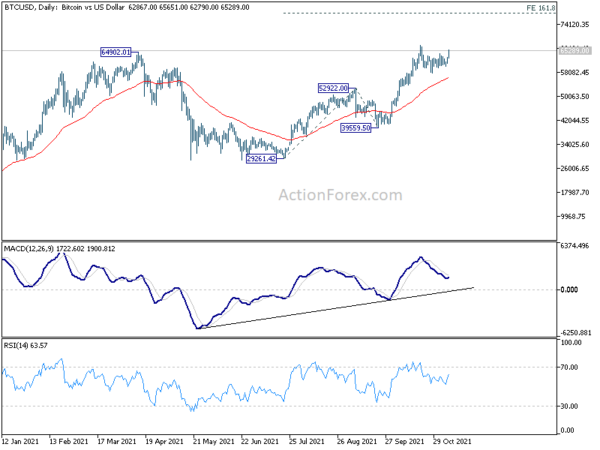
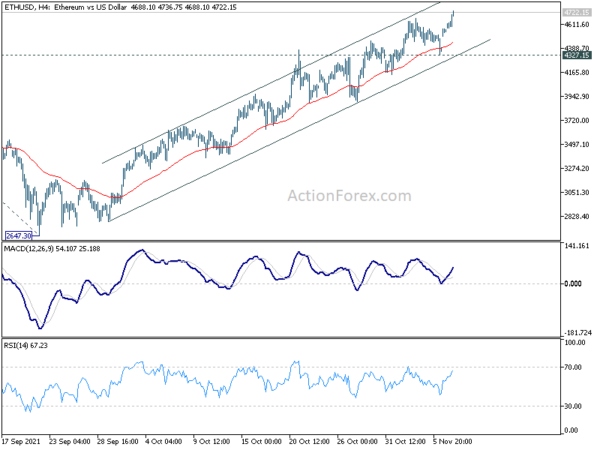
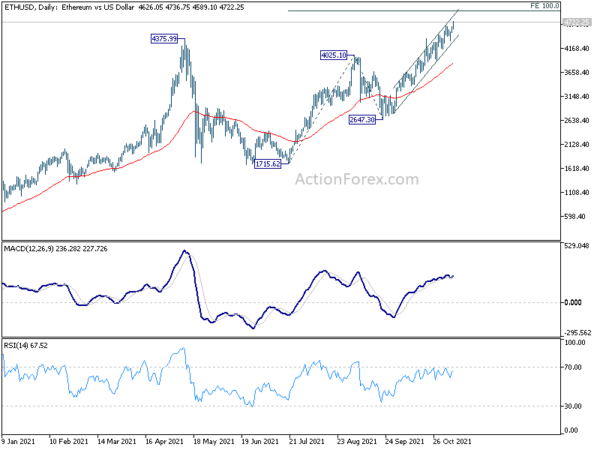
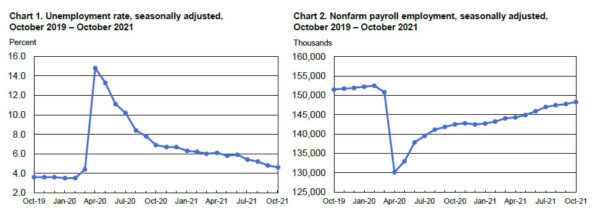
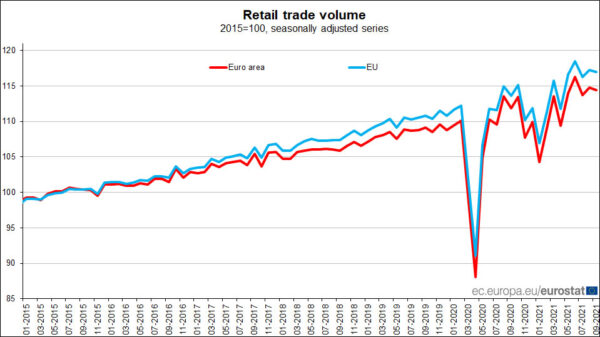


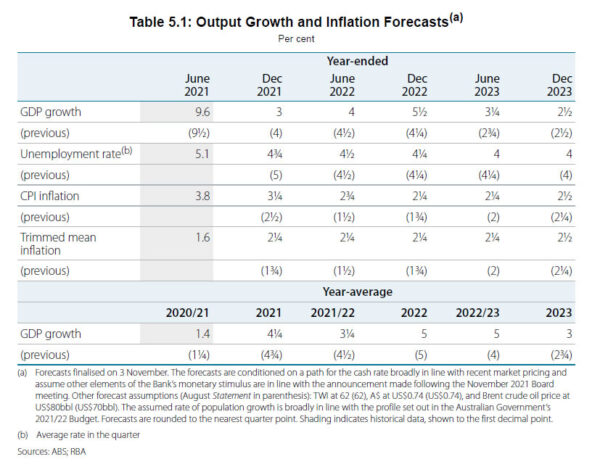

Fed Daly looking at summer 2022 for some clarity
San Francisco Fed President Mary Daly urged patience to wait-and-see before acting on interest rates. She warned that if Fed hikes too soon, it will do very little on inflation, but “absolutely” reduce the pace of job growth. “That’s too much risk to take when we don’t have any indication that these are today persistent trends,” she said.
“I’m looking at the summer of 2022 is when we should – knock on wood, no more variants, no more delta surges – get some clarity,” she said.
On prices, she said, “as we get through the pandemic, we’ll see prices moderate and we’ll be back to that situation in which we had for more than a decade of forces pushing inflation down, not pushing inflation up.”